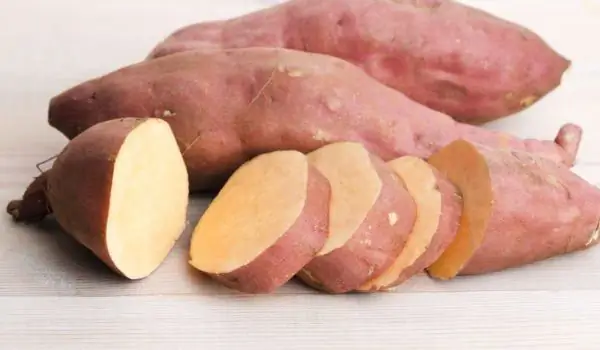2025 Author: Jasmine Walkman | [email protected]. Last modified: 2025-01-23 10:18
Olives are long-lived trees of the Olive family. They grow extremely slowly and are probably the oldest cultivated tree in the world. In spring, the fragrant white flowers of olives enjoy their many pollen and fragrance, combined with their evergreen gray-green leaves.
Growing olives requires some basic knowledge of this process. The first is planting. Choose a place well lit by the sun. The olive does not tolerate shading. The best are the southern, well-lit slopes.
The soil for olive groves should not be heavy, clayey and moist with high groundwater. It must be light, permeable and gravelly or calcareous. Before planting, the selected area is fertilized with manure, superphosphate and potassium.
The quantity depends on the area. Deep plowing or grouting of the ground is done. Medium-sized pits are dug in it. If the plantings will be more than one, then the distance between them should be about 8 meters.

Immediately after planting, water abundantly. The olive is a tree that is adapted to survive in hot and dry climates. For a richer yield, however, it is recommended to water the plants.
This is best done from the beginning of the growing season to the beginning of flowering and when the fruits grow, until the beginning of their pigmentation. In case of permanent drought, the fruits wrinkle. Olive trees that do not bear fruit are watered several times a year.
Olives require fertilization. At the beginning of autumn they are fed with 200-300 g of superphosphate and 50-100 g of potassium per 1 tree. At the beginning of the vegetation period it is fertilized with 200-250 g of nitrogen fertilizer per tree.
Olive trees begin to bear fruit after the third year. The fruits ripen in autumn and winter. Then the necessary fertilizer norms increase. Full fruiting occurs around the 10-15th year. After harvesting, deep plowing is done in between rows.
Pruning is done for higher yields. In the first years it is light and is used only to remove broken branches. It is good to remove green, unproductive branches.
Recommended:
Growing Peanuts At Home

Peanuts are a great addition to your homework garden as they require minimal care and on the other hand provide generous yields. If you're looking to try something new in your garden next season, maybe it's time to take a closer look at the potential of peanuts.
Growing Dates

Dates grow on palm trees, which require stoic patience to grow. This is because it will take you about ten years to fully enjoy the exotic coolness of the tree. Since ancient times, the palm leaf has been revered as a symbol of man's centuries-long efforts to turn the dead sands of the desert into flowering gardens.
Planting From Growing Rosemary In A Pot

Rosemary is an evergreen perennial plant found in all countries of the Mediterranean and Asia Minor. This slow-growing shrub with narrow hard leaves, reminiscent of conifers. Reaches 1.5-2 meters in height. When its leaves are rubbed, the air is filled with a pleasant balsamic aroma.
Growing Potatoes Sweet Potatoes

Sweet sweet potatoes are much more dietary and useful than ordinary potatoes. For some people they are a delicacy, and for others part of the daily menu. This type of potato originates from Central America. Gradually, sweet potatoes became very popular because they were distributed by Spanish merchant ships in the Philippines and North America, and by the Portuguese in India, South Asia and African countries.
Growing Hot Peppers

Pepper, whether sweet or spicy, is a heat-loving vegetable. After sowing, its seeds germinate in 10 days at a temperature of 25 degrees. This happens between February and May. One of the main concerns for its growth is regular fertilization.

